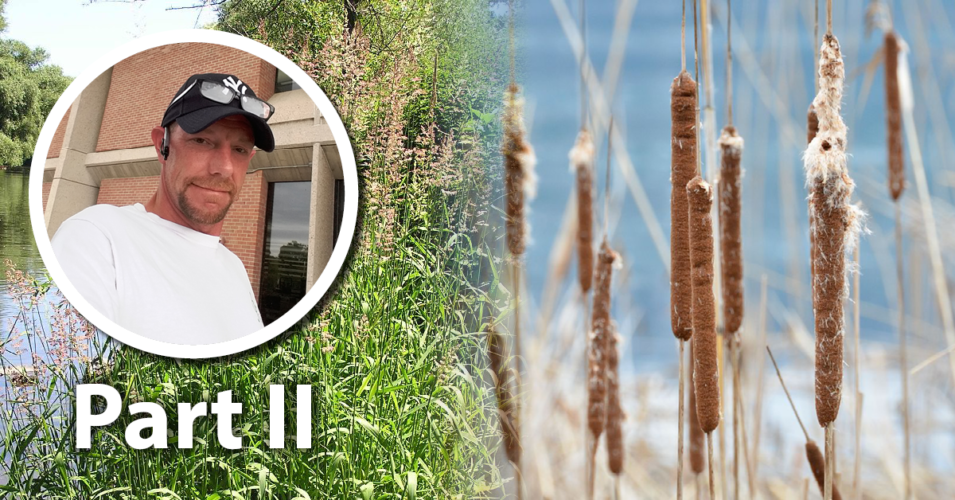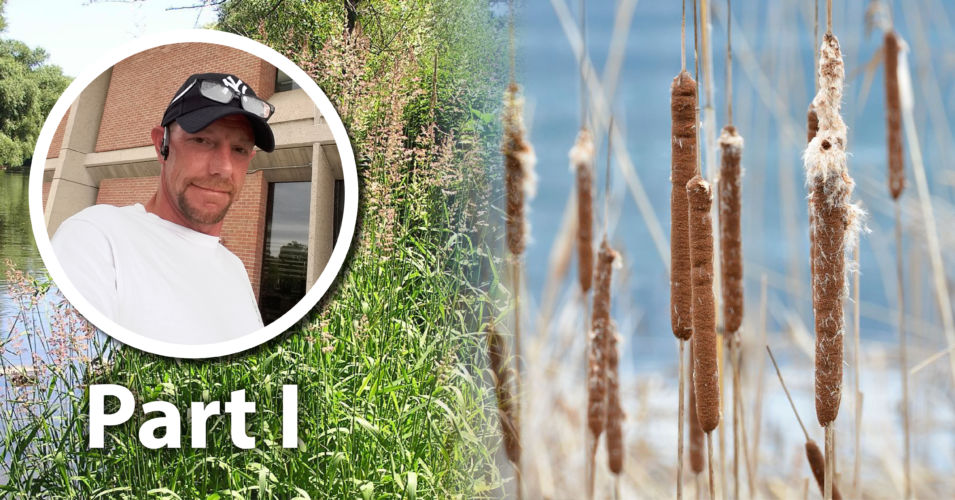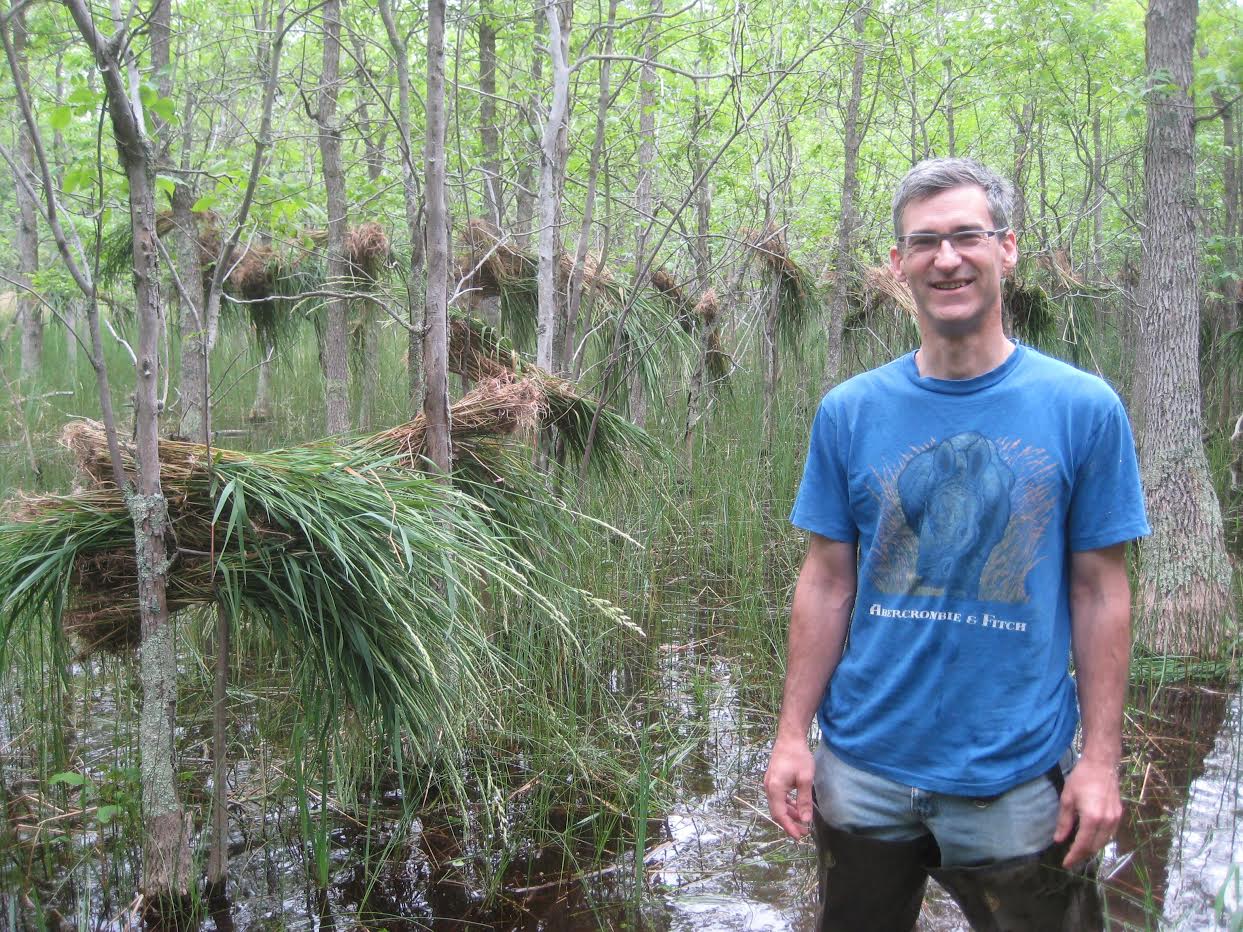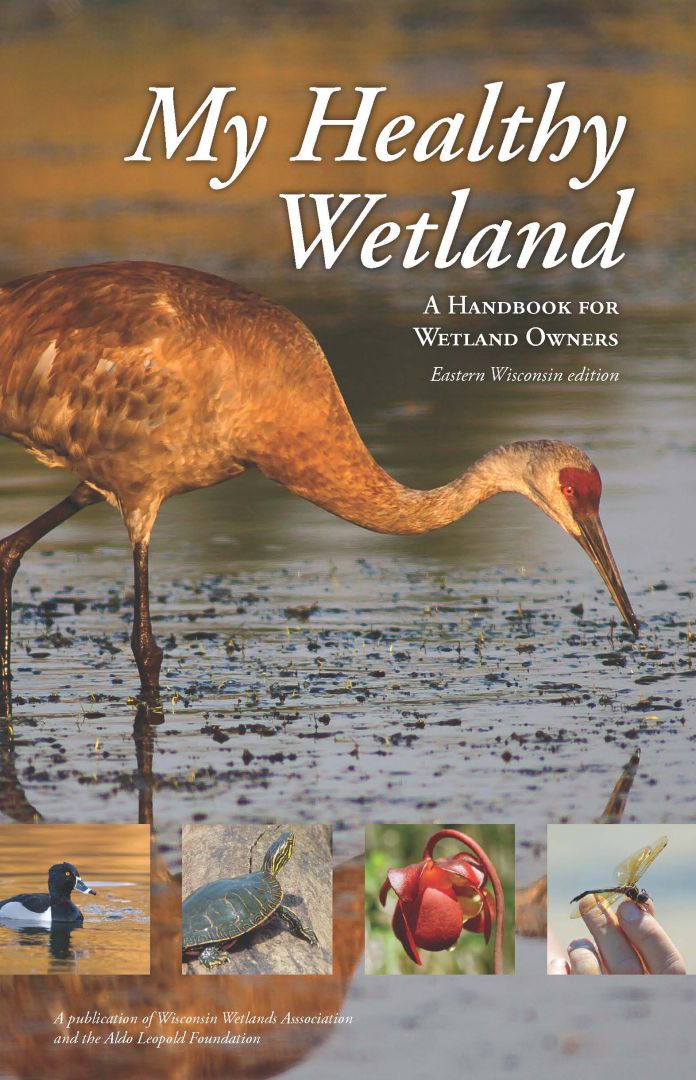Part 2: How a system dynamics approach works in practice
Craig Annen, Integrated Restorations
Recorded March 18, 2022
Craig Annen earned his bachelor’s of science in environmental science and plant molecular cell biology from Edgewood College in 1998 and his master’s of science in aquatic botany from the UW-LaCrosse in 2001. His research interests include invasive species management, economical ecology, and mathematical ecology. Craig is senior ecologist and operations manager of the firm Integrated Restorations, LLC. He speaks fluent German, is a New York Yankees fan, and is a gourmet cook of Middle Eastern and German cuisine.
Related Content
Wetland Coffee Break: Toward more effective invasive species management: Part 1
Have you seen the first part of this series? If not, it will provide context to the video above.
Prioritizing Invasive Plant Control, part 1





